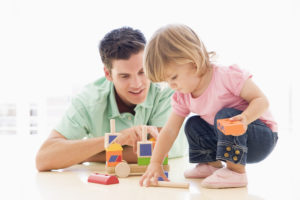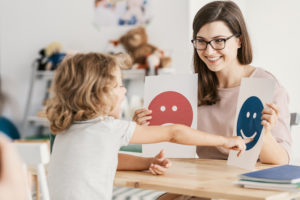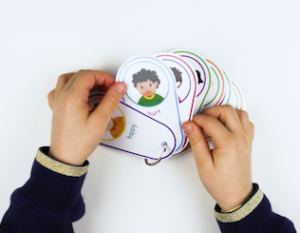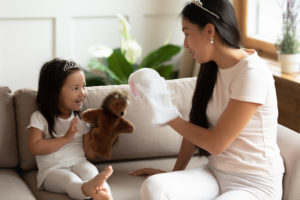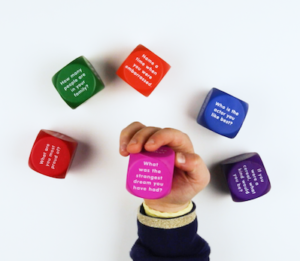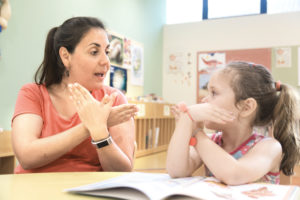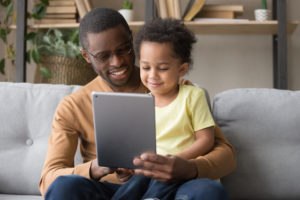No products in the cart.
7 SEN Resources to Help Children with Autism Communicate
April 2, 2020
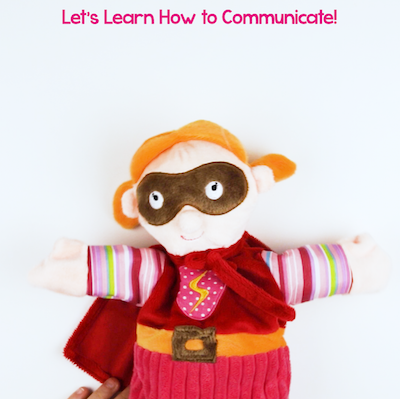
This week is World Autism Awareness Week, a global event where many people join together in spreading awareness and increasing acceptance for people with autism and their families. For some children on the autism spectrum, communication can be delayed. Learning how to communicate is considered an important part of childhood development, as it enables children to convey their wants and needs. Importantly, each child with autism is unique and develops according to their individual journey. Watch our video above to see four communication activities, then read below about seven ways to help your child with autism communicate.
1. Interacting and Communicating through Play
Create positive interactions with your child through play. You can play games that are of interest to child and narrate your actions to help them learn vocabulary for activities they enjoy. To motivate imitation, try copying your child’s positive behaviour and they may copy you in return. Such exchanges through interactive play can provide opportunities to embed social skills such as turn taking. Types of play may also be based upon any hypersensitivities and hyposensitivities related to sensory experiences. For example, singing songs and messy play may be excellent choices for children that enjoy sensory stimulating experiences. Click here for sensory and messy play ideas.
2. Non-Verbal Communication
Communication refers to an exchange of information and occurs through verbal methods such as speech and writing, in addition to non-verbal methods including hand gestures and facial expressions. You can amplify non-verbal communication skills to help children with autism learn to express themselves. Learning to point, nodding in agreement or clapping in excitement can help children to show their desires. It can also be useful to recognise and recreate facial expressions for different emotions. Check out these free SEN resources about emotions and feelings to help boost emotional development in children and take a look at All About Me mirrors. Read more about how to nurture emotional development in children in this blogpost.
3. SEN Resources for Communication
Children with autism may benefit from symbol-based communication methods, such as PECS. Using images to demonstrate needs can be a handy tool for many children with autism and can also include written words alongside pictures. For example, SEN resources such as communication fans can be extremely beneficial both at home and at school for kids to express themselves to others. Your child can select the relevant card that reflects how they feel and communicate their needs to others.
4. Special Needs Toys for Communicating
There are plenty of special needs toys to help children communicate. Puppets are wonderful special needs toys that can be used to improve social skills and emotional development in children. Adults can model desired behaviour with puppets in an engaging and stimulating way. Children can also express themselves through puppets. You may also like autism toys such as HABA Hose Telephone, ideal for technology-free conversations and social skill development. There are also amazing books to help children with autism learn how to express themselves and encourage confidence, such as Noah Scape and The Boy Who Grew Flowers.
5. Speech and Language Resources to Improve Communication
Promising new research by Autism Speaks discovered that most children with severe language delays at age four can still acquire language skills. Children can develop their conversational skills with free Speech and Language resources to print such as Conversation Starter Prompt Cards. These questions can be used in small groups of 2 or more to help children to learn social skills such as turn taking. The questions are designed around various interests, using a colourful design and supporting illustrations. Likewise, Learning Resources Conversation Cubes are brilliant for sparking imagination, building confidence and promoting speaking and listening skills. Featuring 36 engaging questions, children will have fun playing this game.
6. Sign Language Communication
Similar to using symbols and pictures, sign language is another visual way of communicating. Signalong is a communication method based on British Sign Language and consists of using simplified language alongside visual signs made with the hands. Another signing method is Makaton, a unique communication system based on symbols, signs and speech. Signing can help alleviate frustration for children who find it difficult to convey their needs. Plus, it can help provide a connection to the world.
7. Apps for Communication
There are now many apps that use alternative augmentative communication (AAC) systems. For example, ‘Visuals2Go’ is a free app using symbols and words to help children learn to communicate. ‘Otsimo’ is another communication app with access to both free and premium sections, including a range of picture-based games and activities to help children learn new words.
Find more special needs toys, autism toys and learning resources at wordunited.com! For further support, advice and services for children with autism, visit Child Autism UK. Explore more information about World Autism Awareness Week on National Autistic Society.

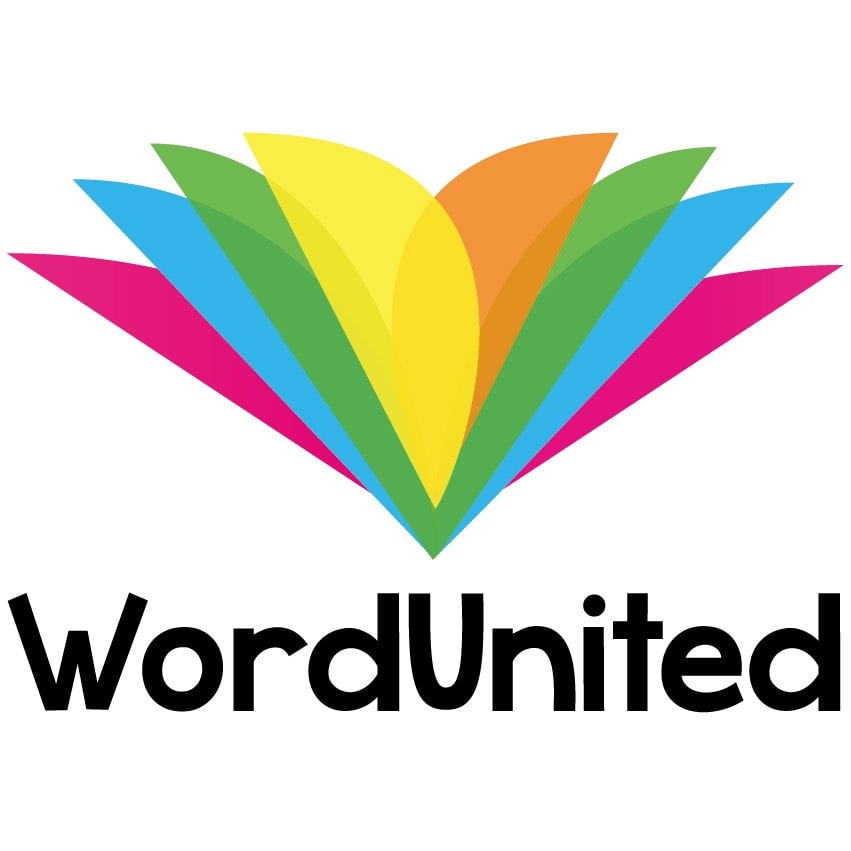

 01782 698558
01782 698558


